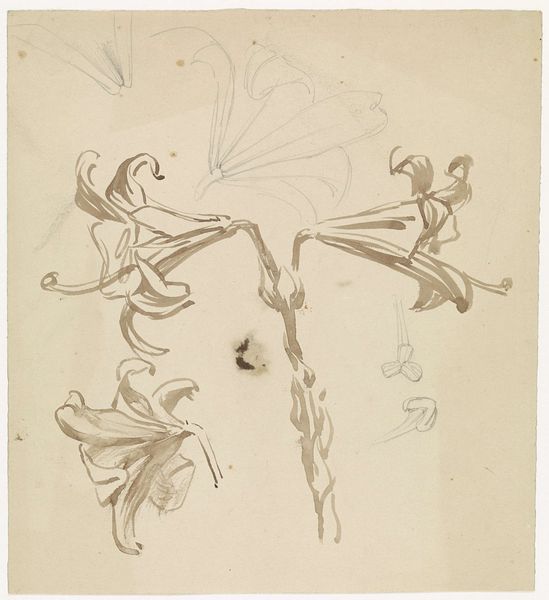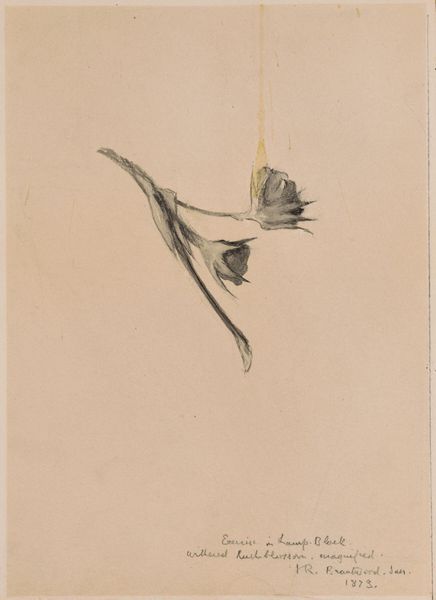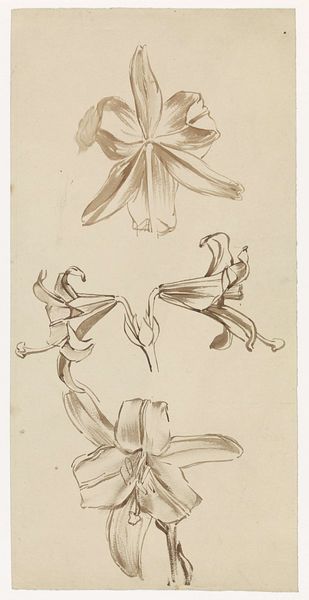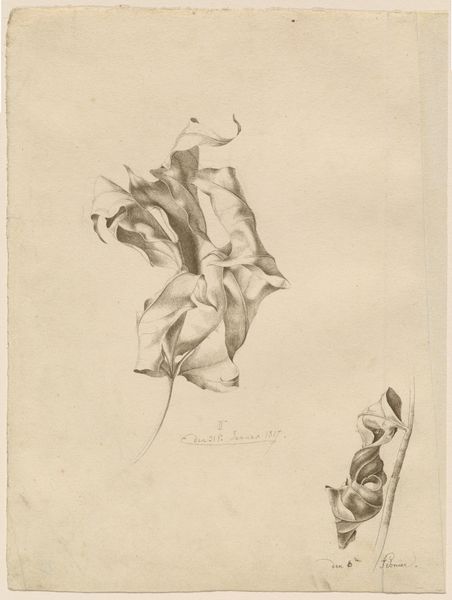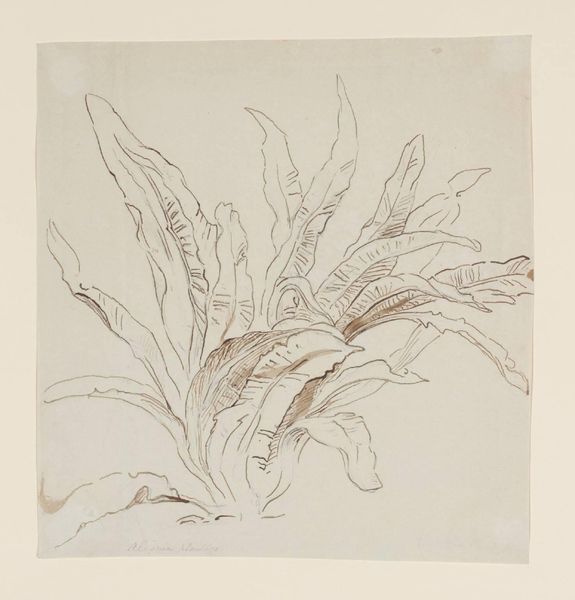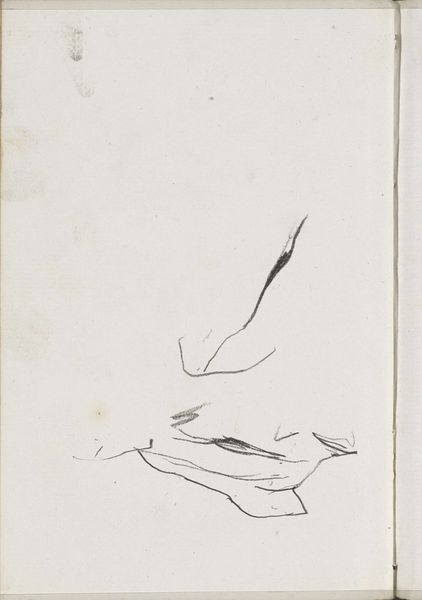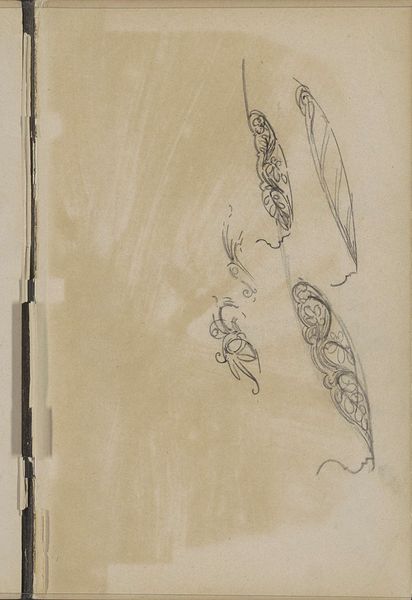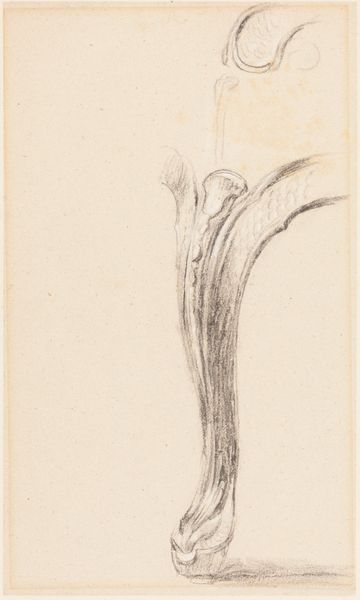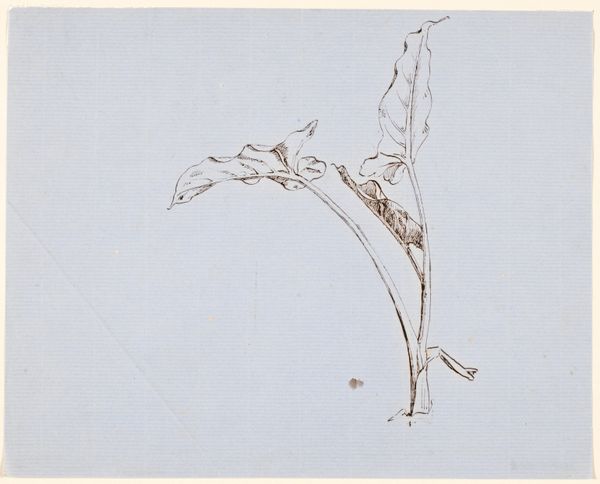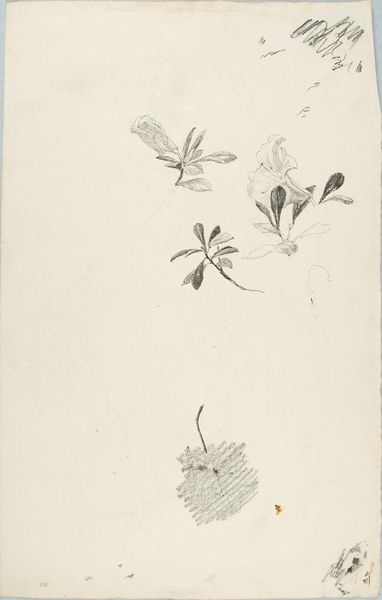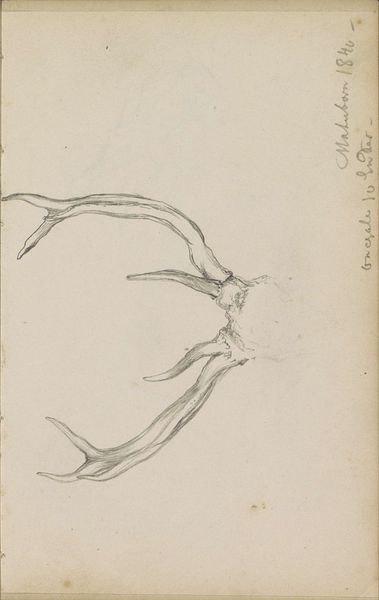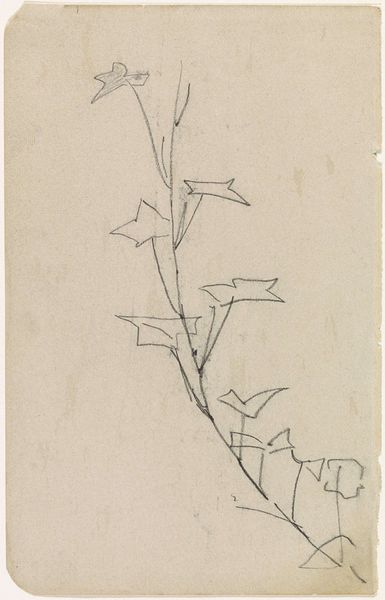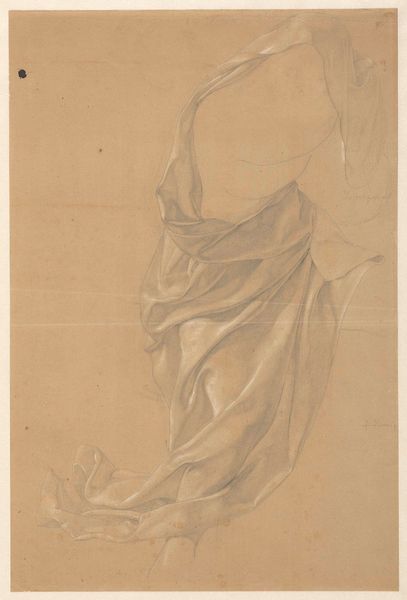
Dimensions: height 365 mm, width 198 mm
Copyright: Rijks Museum: Open Domain
Editor: Here we have "Study Sheet with Lilies," made between 1869 and 1925 by Antoon Derkinderen, using ink and paper. The artwork presents these lovely lilies with such delicate strokes, and there’s an almost scientific precision to the rendering. I'm curious, how do you see this work functioning within the art world of the time? Curator: That's an interesting observation! When we examine Derkinderen’s work, it is really important to think about the role of academic training during his time, and the growing societal interest in the natural world, which intersected. These studies, like his lilies, were foundational in art education. How do you think the act of studying, or even copying, influenced the artist? Editor: I hadn't considered the influence of art education on it. The repetitive nature of sketching the same subject probably helped improve skill and comprehension of form, which would be really useful later on. Does the choice of subject matter itself -- lilies -- say anything about the artist’s intentions, or the values of the time? Curator: Absolutely. Lilies, throughout art history, often carry symbolic weight relating to purity and beauty, and particularly with the rise of secularism they moved out of the church and into new social spaces. It is fascinating how something intended as a study of form can echo larger cultural narratives. Did you notice that the lilies are presented in various stages? Editor: Now that you mention it, there are budding lilies and fully blossomed ones; it adds a nice narrative layer! Thanks to your explanation, I’m looking at this ‘Study Sheet with Lilies’ with a new appreciation for both its artistic skill and historical context. Curator: Likewise, your reflections really highlight how an artist, situated within society, can elevate mere botanical observation into meaningful art.
Comments
No comments
Be the first to comment and join the conversation on the ultimate creative platform.
